The InnovaMatrix® Story
Triad Life Sciences, Inc., an emerging regenerative medicine company, was founded in 2017 to address unmet clinical needs in complex surgical wounds, chronic or hard-to-heal wounds, and burns. Since then, our groundbreaking, proprietary, patent-pending, FDA-cleared technology platform has developed an array of innovative wound management solutions.
In 2022, Triad Life Sciences, Inc. was acquired by Convatec to support its strategy, securing access to a complementary and innovative technology platform that enhances advanced wound management and patient outcomes.
Founded to disrupt the extracellular matrix (ECM) market with a platform technology that introduces the first-ever placental-derived medical device, our company addresses the inherent challenges and related restrictions of human cells, tissues, and cellular and tissue-based products (HCT/Ps).
Our leadership team has a collective 100+ years of medical device experience at biologics companies and more than 30 years of combined experience specifically in ECM technologies.
Our leaders identified three key challenges with placental allografts manufactured from HCT/Ps: graft variability and inconsistency, minimal manipulation requirements, and the economics of care. The InnovaMatrix Platform offers a unique, unparalleled solution to these
challenges1-8 while also providing the reliability, reproducibility, and safety profile of a medical device9,10.
HCT/P Problem: Graft Variability
Variability exists from graft to graft due to extensive donor variance1-8 and the lack of medical device quality systems and design controls.
Our Solution: Consistency and Reliability
Our breakthrough platform technology utilizes a monitored source material that is controlled for diet, age, activity levels, and health. This highly controlled source does not have the same genetic, health, and lifestyle issues that impact human donors.
HCT/P Problem: Minimal Manipulation Requirements
Minimal manipulation requirements set by the FDA prevent HCT/P processors from altering the relevant biological characteristics of the HCT/Ps, including complete decellularization of the tissue. Cellular debris remaining in HCT/P allografts has been linked to inflammatory M1 macrophage responses by the host11,12.
Our Solution: Complete Decellularization with Protein Preservation
As medical devices, InnovaMatrix® Platform products are not restricted by minimal manipulation requirements. The InnovaMatrix® Platform is processed with the proprietary TriCleanse™ Process, which deactivates viruses, decellularizes, and disinfects the tissue. The TriCleanse™ Process balances thorough decellularization with proper preservation of the ECM’s structural proteins to create a clean and efficient matrix for wound management9,10,13,14.
HCT/P Problem: Economics of Care
Both the natural size limitations and processing costs associated with human-donated tissues lead to increased pricing and reduced graft availability, which combine to limit patient access to high-performing placental ECMs, especially for complex surgical wounds, hard-to-heal wounds, and burns.
Our Solution: Cost Effective
Our recognized cost efficiencies due to our highly scalable manufacturing operation and best-in-class source material address the economics of care for providers, payors, physicians, and patients. Our company provides ECM technologies of the highest quality at accessible prices.
MKT-2023-0051-01E V01
- Cardinal, L. J. (2015). Central tendency and variability in biological systems. J Community Hosp Intern Med Perspect, 5(3), 27930. doi:10.3402/jchimp.v5.27930
- Collier, A. C., Tingle, M. D., Paxton, J. W., Mitchell, M. D., & Keelan, J. A. (2002). Metabolizing enzyme localization and activities in the first trimester human placenta: the effect of maternal and gestational age, smoking and alcohol consumption. Hum Reprod, 17(10), 2564-2572. doi:10.1093/humrep/17.10.2564
- DuBois, B. N., O’Tierney-Ginn, P., Pearson, J., Friedman, J. E., Thornburg, K., & Cherala, G. (2012). Maternal obesity alters feto-placental cytochrome P4501A1 activity. Placenta, 33(12), 1045-1051. doi:10.1016/j.placenta.2012.09.008
- Huuskonen, P., Amezaga, M. R., Bellingham, M., Jones, L. H., Storvik, M., Hakkinen, M., . . . Pasanen, M. (2016). The human placental proteome is affected by maternal smoking. Reprod Toxicol, 63, 22-31. doi:10.1016/j.reprotox.2016.05.009
- McRobie, D. J., Glover, D. D., & Tracy, T. S. (1998). Effects of gestational and overt diabetes on human placental cytochromes P450 and glutathione S-transferase. Drug Metab Dispos, 26(4), 367-371. Retrieved from https://www.ncbi.nlm. nih.gov/pubmed/9531526
- O’Huallachain, M., Karczewski, K. J., Weissman, S. M., Urban, A. E., & Snyder, M. P. (2012). Extensive genetic variation in somatic human tissues. Proc Natl Acad Sci U S A, 109(44), 18018-18023. doi:10.1073/pnas.1213736109
- Paakki, P., Stockmann, H., Kantola, M., Wagner, P., Lauper, U., Huch, R., . . . Pasanen, M. (2000). Maternal drug abuse and human term placental xenobiotic and steroid metabolizing enzymes in vitro. Environ Health Perspect, 108(2), 141-145. doi:10.1289/ehp.00108141
- Strolin-Benedetti, M., Brogin, G., Bani, M., Oesch, F., & Hengstler, J. G. (1999). Association of cytochrome P450 induction with oxidative stress in vivo as evidenced by 3-hydroxylation of salicylate. Xenobiotica, 29(11), 1171-1180. doi:10.1080/004982599238038
- K193552 510(k) Summary
- Data on file -RDR-002
- Keane, T. J., Londono, R., Turner, N. J., & Badylak, S. F. (2012). Consequences of ineffective decellularization of biologic scaffolds on the host response. Biomaterials, 33(6), 1771- 1781. doi:10.1016/j.biomaterials.2011.10.054
- Sicari, B. M., Dziki, J. L., Siu, B. F., Medberry, C. J., Dearth, C. L., & Badylak, S. F. (2014). The promotion of a constructive macrophage phenotype by solubilized extracellular matrix. Biomaterials, 35(30), 8605-8612. doi:10.1016/j. biomaterials.2014.06.060
- Data on file – TR-0103
- Final Report: Evaluation of the host response to wound care products in a chronic wound model




